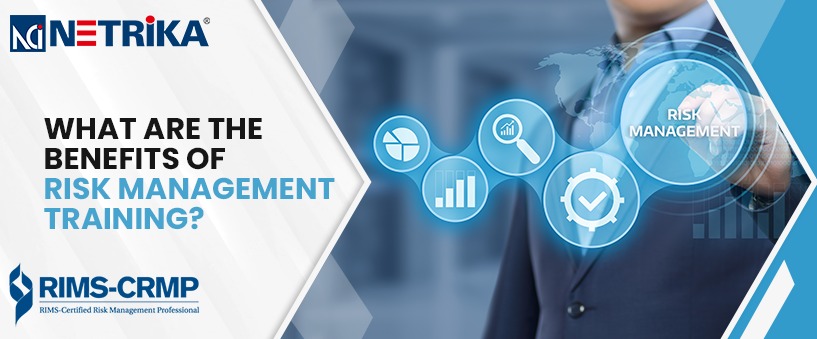
What are the benefits of risk management training?
Risk management training certification includes explaining how to handle various work-related accidents, cybersecurity issues, privacy violations, and preventative steps to reduce exposure risks. Before performing such a critical function in a professional setting, risk managers usually obtain a risk management professional certification.
All personnel who manage their organization’s exposure risks must complete risk management training certification. This can apply to those with positions as safety officers, loss prevention specialists, or risk managers.
What is covered in risk management certification courses?
The following is a list of the different academic disciplines you will learn in risk management courses:
- Recognising and inspecting risks
The risk management certification in India includes becoming familiar with the process of risk assessment, which looks at and evaluates various risk sources. Additionally, you could discover how to spot cybersecurity and business fraud concerns.
- Examining the effects that risks may have
You might gain knowledge on how to look at the risks and what impact they might have. In risk management certification course, methods for measuring and forecasting risk’s potential repercussions are usually covered. For instance, you might talk about how to estimate financial loss and analyse the effects of prospective threats.
- Choosing a risk management strategy
You will learn how to handle organisational risks as part of your risk management training certification. For instance, you will learn how to develop a programme for risk assessment that helps describe approaches to lower the possibility that work-related risks would occur. Additionally, you will be trained on how to create and apply procedures that help guard against liability problems.
- Monitoring the needs of the employees
You will discover how to convey the precise steps your organisation can take to help manage and mitigate risks. Furthermore, you will learn how to follow up with staff members with their particular risk management needs. Writing reports and attending industry conferences or seminars are other risk management course benefits that you will obtain.
- Reporting the results of risk assessments
You will also learn about risk assessment reports, including how to create one. In order to assess the financial impact of risk and its likelihood of occurring, you will learn how to create plausible worst-case scenarios and conduct risk analyses.
Proactive risk management certification course has the following advantages:
Many of the actual threats that a company might face cannot be learned from a textbook. In order to recognise and give a deeper understanding of all types of threats, risk management course benefits are massive.
- Give advice and assistance: Board members may struggle to recognise dangers outside of their areas of training and experience. The Board and its committees responsible for risk management will be better able to carry out their responsibilities if resources and advisory services are made available.
- Recognize the cooperation. For having a compliance or risk prevention programme in place, many regulatory bodies have rules where they “grant credit” to companies who are under investigation. Regulators want to ensure that an occurrence is not the result of a systemic breakdown and that the organisation has mechanisms in place—such as competent leadership, training, and risk management professional certification.
- Reduce the risk to the company: Litigation risk is increasingly seen as a commercial liability by regulators and shareholders. Reducing litigation risk up front increases the company’s investment appeal, which is one of the risk management course benefits.
- Describe the legal issues: Risk management training certification enables professionals to design preventive initiatives that help the organisation better focus and organise its investigation by giving it more understanding of insurance, indemnification, and liability issues.

